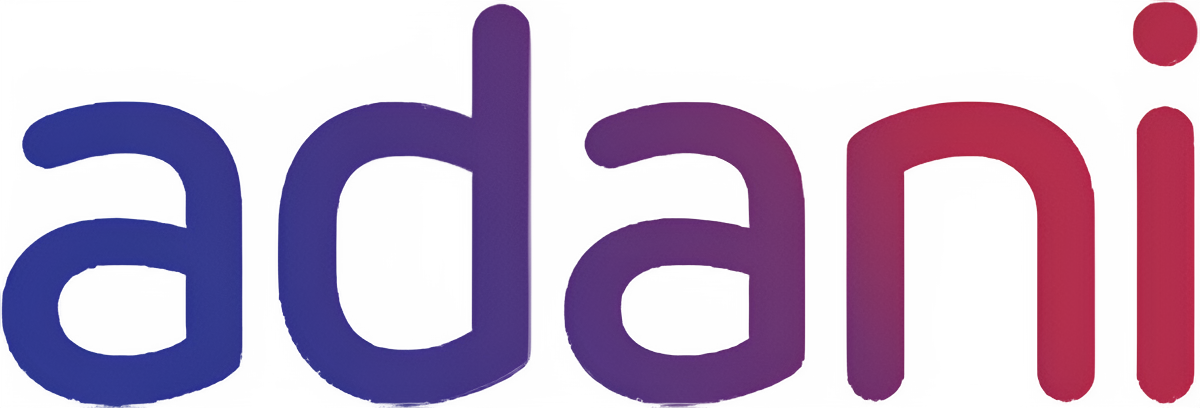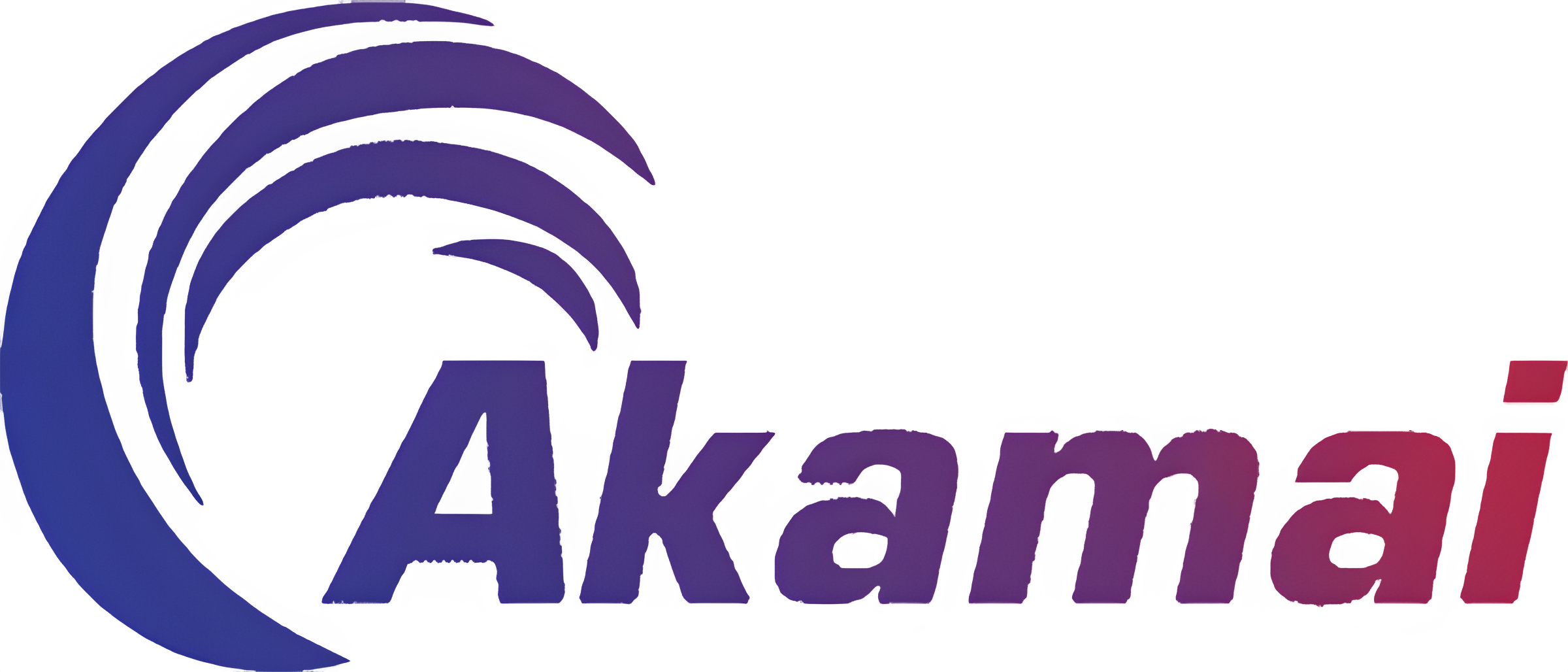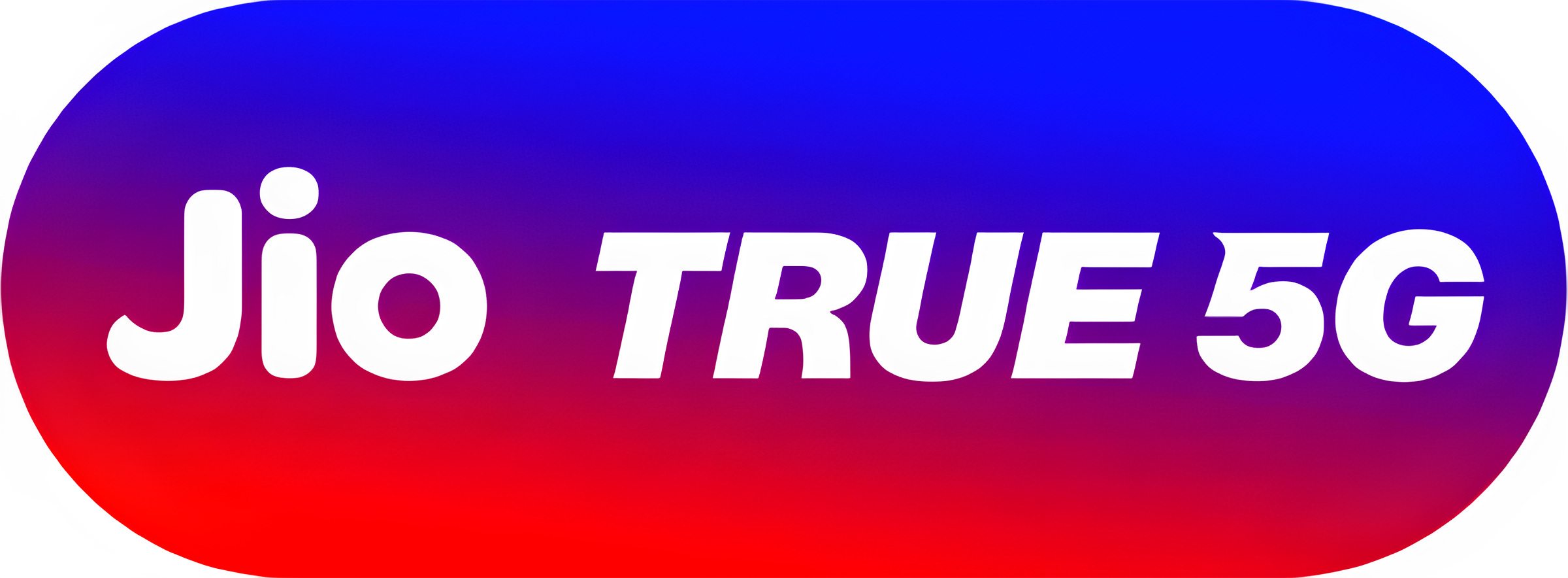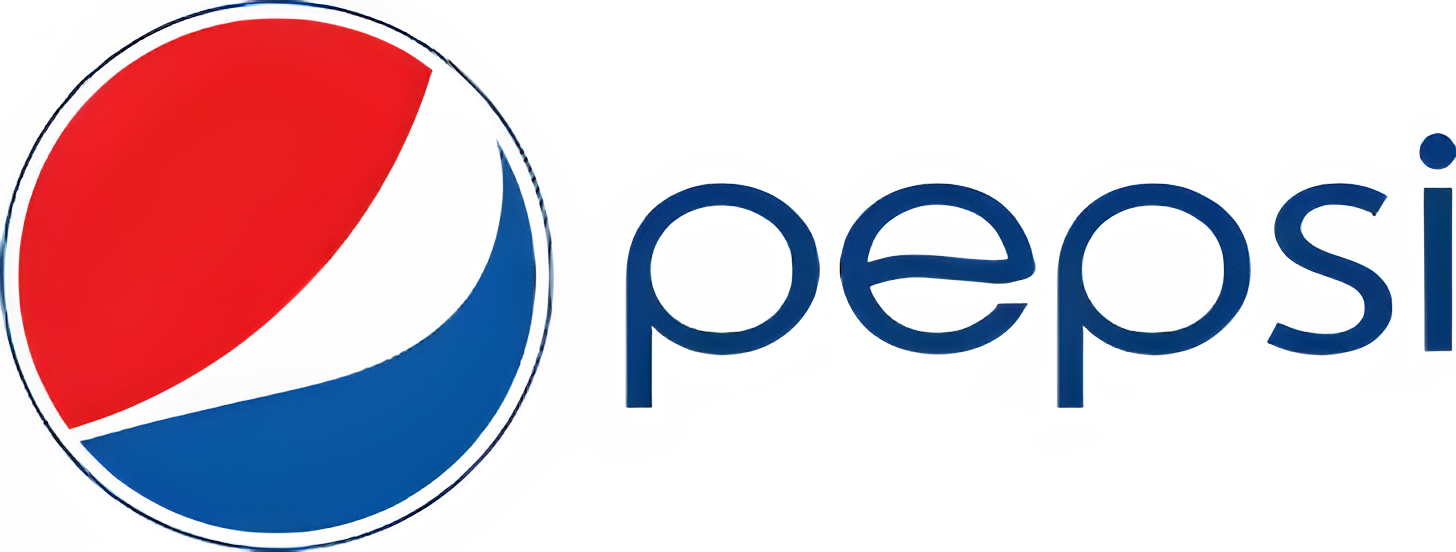Mobile App Development Cost in Germany: A Complete Breakdown
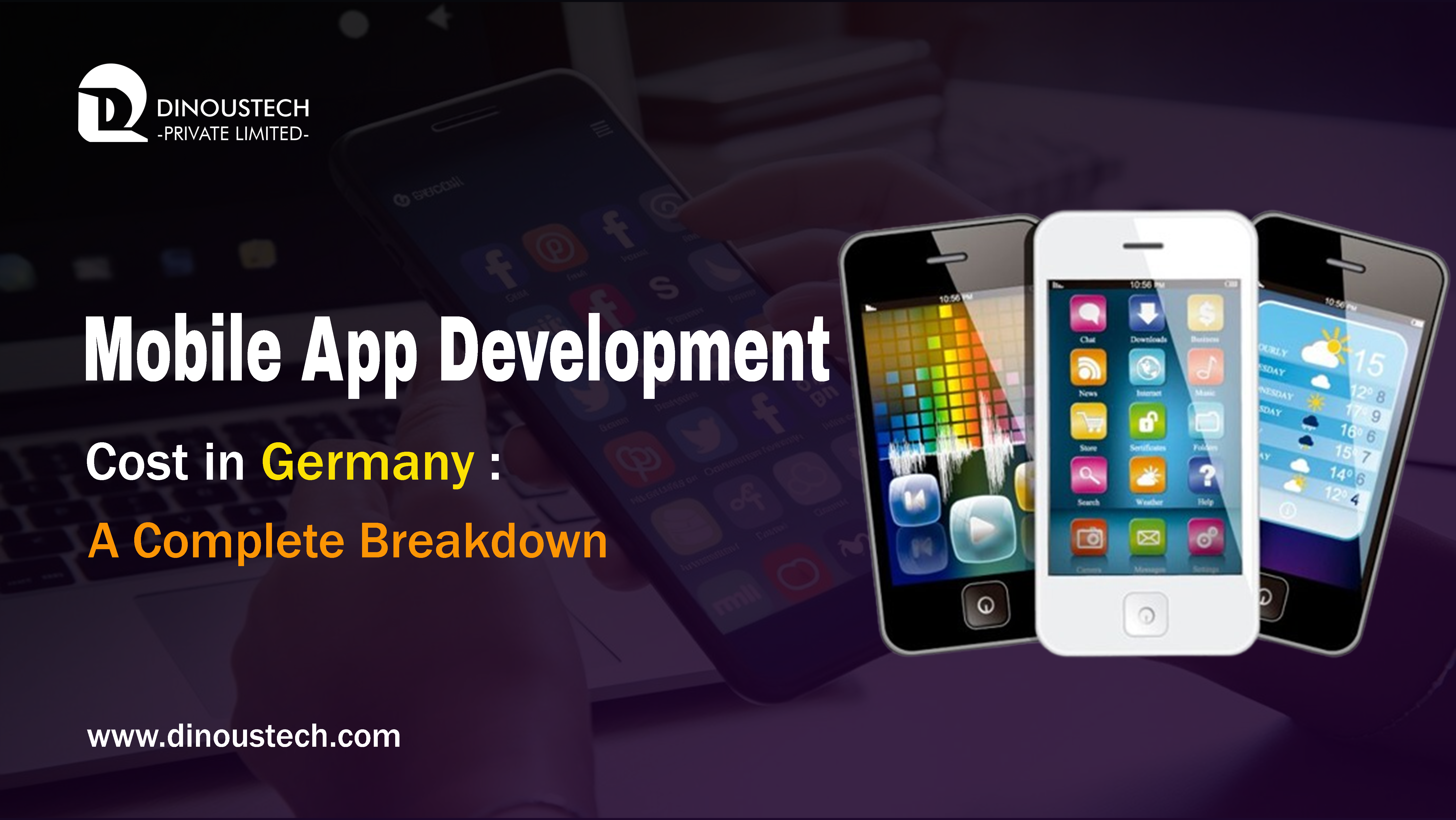
In Germany, understanding mobile app development cost involves examining factors such as app complexity, design, platform choice (including iOS Vs Android app development), and ongoing maintenance. A simple app with basic features may start around €10,000–€20,000, while more complex, feature-rich applications can exceed €150,000. Opting for a Cross-Platform App Framework like React Native or Flutter can reduce development time by up to 30%, bringing cost savings of €10,000–€20,000 compared to separate native builds. Choosing between native iOS and Android development also impacts budgets: Germany’s uniform iOS ecosystem often means fewer QA hours, while Android’s device fragmentation can add 10–20% more in testing expenses. Phasing your project—launching a Minimum Viable Product (MVP) to validate the idea—helps contain initial mobile app development cost between €15,000–€50,000 for a mid-level solution. Throughout this process, partnering with a reputable mobile app development company such as Dinoustech Private Limited, which also embodies the expertise of a best software development company, best web development company, and custom software maintenance company, ensures seamless end-to-end delivery and long-term value for your investment.
Germany ranks among Europe’s leading markets for mobile applications, with over 79 million smartphone users and a thriving digital economy. Businesses in Berlin, Munich, Hamburg, and beyond recognize that a well-executed mobile app can drive customer engagement, increase revenue, and differentiate their brand. However, calculating the true mobile app development cost requires more than quoting hourly rates—it demands a holistic view of design, development, testing, deployment, and ongoing support.
Key Drivers of Mobile App Development Cost
1. Feature Complexity and App Type
The scope of features you include directly drives development hours and therefore costs.
A basic app—offering user login, static content pages, and simple navigation—generally falls in the €10,000–€20,000 range. Such an app might display company information, news updates, and contact forms without complex backend logic. On the other hand, a mid-level app—featuring user authentication, interactive lists, in-app purchases, and basic notifications—can range from €20,000–€60,000. Here, integrating payment gateways like SEPA or PayPal, implementing push notifications, and building a moderate backend stack all contribute to costs.
For a feature-rich enterprise app, requiring advanced functionalities—such as real-time chat, geolocation services, offline mode, or integration with IoT devices—budgets can exceed €150,000. These applications often demand a scalable microservices architecture, advanced security measures, and extensive QA cycles, especially in a market with stringent data protection regulations like Germany’s.
2. Design and User Experience
Good design is more than just aesthetics—it can drive user retention and conversion. In Germany’s competitive environment, investing in a polished UI/UX sets you apart.
- Custom UI/UX: Developing bespoke designs with animations, complex transitions, and brand-specific elements typically consumes 10–20% of the total project budget, or €5,000–€30,000 depending on the number of screens and states you need.
- Design Systems & Libraries: Leveraging established design frameworks (such as Material Design or Bootstrap for web components) can save roughly 20–30% of design time, while still ensuring cohesive, responsive layouts across devices.
Whether you engage a best web development company for frontend layouts or a best mobile app development company for platform-specific design, keeping design well-scoped reduces unforeseen rework as the project advances.
Also Read: - How Much Does It Take to Build a Custom Mobile App in Spain?
3. Platform Choice: iOS Vs Android
Germany’s smartphone user base splits roughly 60% Android and 40% iOS, but the choice of platform impacts costs in distinct ways.
- iOS Development: Apple’s uniform hardware and controlled OS fragmentation (most users run the latest iOS version) reduces QA and compatibility testing by 10–20%. Hourly rates for German-based iOS app development company experts range from €60–€120/hr. A basic iOS-only app can be delivered in 150–300 hours, resulting in €9,000–€36,000 of development cost.
- Android Development: Android’s open ecosystem allows deep system integrations—background services, custom notifications, and broader device compatibility—but requires exhaustive testing across devices and OS versions, adding roughly 10–20% more QA costs. Germany-based Android app development company specialists charge similar hourly rates (€60–€120/hr), but with 200–350 hours of development, budgets typically run €12,000–€42,000.
To keep costs in check, many businesses choose to launch on one platform—often iOS first—then expand to Android once user feedback validates the concept. Alternatively, a cross-platform app framework mitigates duplication by sharing code across both platforms, as we discuss next.
4. Cross-Platform App Frameworks
Modern frameworks like React Native and Flutter share up to 80% of code between iOS and Android, reducing development time by 20–30%. In practice, a mid-tier cross-platform e-commerce or service app may cost €20,000–€60,000, compared to €30,000–€100,000 per platform for native builds. However:
- Performance-Critical Modules: For features like AR, complex animations, or low-level hardware access, you may need to write custom native modules, adding €5,000–€15,000 to the hybrid budget.
- Plugin Ecosystem: Both React Native and Flutter boast large plugin libraries (for camera, location, notifications, etc.), which can eliminate building certain features from scratch—saving roughly 10–15% of development time.
As a best software development company, Dinoustech Private Limited guides clients in deciding which parts of the app should be fully native versus cross-platform, optimizing performance while minimizing costs.
Stages of Development and Associated Costs
1. Discovery & Planning
Before coding begins, a comprehensive discovery phase establishes project scope, user personas, and technical requirements. In Germany, this stage often involves:
- Workshops and Stakeholder Interviews: Aligning business goals, user needs, and technical feasibility.
- Prototyping and Wireframes: Crafting clickable prototypes to validate user flows.
Costs for discovery typically range from €5,000–€15,000 over 2–4 weeks. Investing in thorough planning can save 10–15% of rework costs later by reducing scope creep and clarifying feature priorities.
2. UI/UX Design
Once requirements are set, a dedicated design team starts:
- Wireframes & User Flows: 2–3 weeks to map out core screens.
- High-Fidelity Mockups: 4–6 weeks to finalize visual assets, icons, and interactive elements.
- Usability Testing: Quick internal tests to catch early UX issues.
A best web development company or in-house design unit may charge €10,000–€30,000 for this phase, depending on complexity. Clear design guidelines and reusable UI components help accelerate development downstream.
3. Frontend Development
Frontend encompasses the native or cross-platform client—the screens, animations, and local data storage:
- iOS Development: At €60–€120/hr, building basic screens, navigation, and networking can take 150–300 hours (roughly €9,000–€36,000). Additional time is needed for in-app transactions, push notifications, and device-specific integrations.
- Android Development: At the same hourly rates, expect 200–350 hours for similar features due to device fragmentation, costing €12,000–€42,000.
- Cross-Platform Development: A React Native or Flutter implementation often consumes 200–400 combined hours, costing €12,000–€48,000, and covers both iOS and Android with one codebase.
Partnering with a best mobile app development company ensures experienced engineers use best practices—such as component reuse, performance profiling, and modular architecture—to prevent future maintenance headaches.
4. Quality Assurance and Testing
Thorough testing is essential to deliver a reliable product. In Germany, QA specialists charge €40–€80/hr and focus on:
- Automated Unit Tests: Verifying individual functions and logic.
- Integration Tests: Ensuring modules interact correctly.
- Manual Testing on Real Devices: Catching UI glitches, performance issues, and device-specific bugs.
- Beta Testing and User Feedback: Collecting real-world usage data to refine features before launch.
QA cycles typically run 100–200 hours, costing €4,000–€16,000. Account for an additional €1,000–€3,000 in testing devices and cloud-device-farm subscriptions. A custom software maintenance company can later manage regression tests as new versions roll out.
5. Deployment and Launch
Submitting apps to the App Store and Google Play requires:
- Developer Accounts: Apple Developer Program subscription (€99/year) and Google Play one-time fee (€25).
- Store Listing Assets: Screenshots, icons, promotional graphics, and app descriptions—often created by a best web development company or in-house marketing team.
- App Review Cycle: Roughly 1–3 days for Apple, 1–2 hours for Google Play.
Preparation and submission tasks typically cost €2,000–€5,000, including writing optimized store descriptions and performing final compliance checks.
6. Post-Launch Maintenance and Updates
Launching is just the beginning. A robust maintenance plan—budgeted at 15–20% of initial development costs annually—covers:
- OS Compatibility: Adapting to new Android releases (Android 14+) and iOS updates (iOS 18+).
- Security Patches: Addressing library vulnerabilities and ensuring GDPR compliance.
- Performance Monitoring: Real-time tracking via tools like New Relic, Datadog, or Firebase Performance Monitoring.
- Feature Enhancements: Minor UI tweaks, bug fixes, and third-party API updates.
For a €100,000 project, expect €15,000–€20,000/year in maintenance fees, typically handled by a custom software maintenance company. This investment prevents technical debt, maintains user trust, and keeps the app competitive.
Must Read: - What Is the Cost of Software Development in France?
Strategies to Optimize Costs
Phased MVP Launch
Building a Minimum Viable Product allows you to test core features with minimal expense. For example:
- MVP Features: User login, product catalog (if e-commerce), core navigation, and basic push notifications.
- Budget Range: €15,000–€25,000 for a cross-platform MVP, leveraging third-party services for authentication (Firebase Auth) and analytics (Google Analytics).
- Validation Period: 3–6 months of gathering user feedback, measuring retention, and tracking feature usage.
Once validated, reinvest revenue into advanced modules—such as in-app payments or AI-driven recommendations—keeping your mobile app development cost aligned with tangible ROI.
Leverage Open-Source and SaaS Solutions
Rather than building everything from scratch:
- Open-Source Libraries: Use well-vetted components (e.g., Alamofire for networking on iOS, Retrofit on Android, or Lodash in React Native) to save 20–30% on coding time.
- Backend-as-a-Service (BaaS): Firebase, AWS Amplify, or Supabase can handle authentication, real-time databases, and file storage—eliminating €10,000–€30,000 in custom backend development.
- Push Notifications & Messaging: Tools like Firebase Cloud Messaging or Twilio reduce the need for in-house server infrastructure, adding only subscription fees.
A best web development company or best mobile app development company can help you identify which services suit your requirements, balancing upfront savings with recurring subscription costs.
Strategic Outsourcing
Germany-based development is premium, but combining local oversight with offshore execution can reduce budgets by 30–50%:
- Onshore Roles: Product management, UI/UX design, and critical backend architecture remain in Germany for compliance, strategic alignment, and language fluency.
- Offshore Roles: Routine coding tasks, QA testing, and technical documentation can be handled by Eastern European or Balkan teams charging €30–€60/hr, rather than €60–€120/hr in Germany.
- Hybrid Teams: Local project managers or technical leads liaise with offshore developers, ensuring clear communication and quality control.
Selecting a best software development company with a blended delivery model—such as Dinoustech Private Limited—allows you to optimize cost without losing sight of German market expectations and data protection rules.
Automated Testing and CI/CD Pipelines
Investing in automation early avoids exponential QA costs later:
- CI/CD Setup: Tools like GitHub Actions, Bitrise, or GitLab CI run automated builds, unit tests, and integration tests on each commit—catching issues before they reach production.
- Device Farms & Emulators: Cloud-based solutions such as BrowserStack, Sauce Labs, or Firebase Test Lab cover vast device matrices without purchasing hardware, saving €5,000–€15,000 annually.
By reducing manual testing by 30–40%, you save €5,000–€10,000 per year in QA costs. A custom software maintenance company then maintains these pipelines, ensuring your releases remain stable and predictable.
Also Read: - Custom Mobile App Development in 2025: A Comprehensive Guide
Case Study: Hypothetical Ride-Sharing App in Munich
To illustrate these cost factors, let’s consider a hypothetical ride-sharing app for Munich commuters:
- Discovery & Planning (4 weeks): €10,000
Market research on commuter demographics, user personas, and competitor benchmarking. - UI/UX Design (6 weeks): €15,000
High-fidelity prototypes with city-specific branding, mapping screens, driver/passenger workflows. - Cross-Platform Development (React Native, 16 weeks): €40,000
Shared codebase for Android and iOS, with native modules for GPS accuracy and in-app payments. - Backend & APIs (12 weeks): €30,000
Node.js microservices for ride-matching, dynamic pricing, payment processing (SEPA, credit cards). - QA & Testing (8 weeks): €12,000
Automated unit tests, integration tests, and extensive device testing on Android (covering Samsung, Google, Huawei) and iOS (iPhone 12–15, iPad). - Deployment & Launch (2 weeks): €5,000
Store submission, ASO, and post-launch monitoring on AWS with auto-scaling. - Year 1 Maintenance (15% of dev cost): €15,000
OS updates (Android 14, iOS 18), security patches, and minor feature enhancements (ride-sharing pool feature).
Total First-Year Cost: €127,000
This example demonstrates how a mid-tier ride-sharing app—leveraging a Cross-Platform App Framework—fits into a €100,000–€150,000 budget range, while ensuring high performance, compliance, and user satisfaction.
Future Trends in German App Development
1. Progressive Web Apps (PWAs)
PWAs blend web accessibility with near-native experiences. In Germany, where 4G and 5G coverage is widespread, PWAs can reduce initial investment by 30–40% for content-focused applications, especially when offline capabilities are less critical. PWAs bypass app store submissions, cutting time-to-market by 2–3 weeks.
2. 5G and Edge Computing
As 5G rollout accelerates, real-time features—like AR navigation, live video streaming, and instant cloud offloading—become more viable. Early adopters planning 5G-enabled functionalities should allocate €10,000–€20,000 for specialized testing and optimization.
3. AI and Machine Learning
Integrating AI for personalization (recommendation engines, predictive analytics) can boost user engagement by 10–15%. Tools like TensorFlow Lite and Apple’s Core ML can be woven into your app with an additional €5,000–€15,000 in development costs, but often drive higher ROI through improved user retention and conversion.
4. Sustainability and Green IT
German consumers increasingly prioritize eco-friendly digital services. Optimizing apps for minimal battery usage—reducing background processes and network calls—aligns with sustainability goals. Adding an energy-efficiency audit to your development plan may add 5–10% to the budget, but resonates with environmental values and ESG (Environmental, Social, Governance) requirements.
Conclusion
Calculating mobile app development cost in Germany is a multifaceted exercise. A basic app can start around €10,000–€20,000, while mid-range solutions leveraging a Cross-Platform App Framework typically fit within €20,000–€60,000. Native iOS and Android projects often range from €30,000 to €150,000+ per platform, influenced by iOS Vs Android app development nuances and device fragmentation. Strategic choices—such as launching an MVP, leveraging open-source libraries, and adopting CI/CD pipelines—help contain budgets. Furthermore, engaging a hybrid delivery model (local project management with offshore development) can reduce costs by 30–50% without sacrificing quality.
To ensure long-term success, allocate 15–20% of your initial budget each year for maintenance, security, and feature updates, typically managed by a custom software maintenance company. Partnering with a reputable best mobile app development company, which also functions as a best web development company and best software development company, ensures consistency, compliance, and end-to-end expertise. In this landscape, Dinoustech Private Limited stands out as a reliable partner, guiding German businesses through each stage, from discovery and design to deployment and beyond—delivering robust, scalable, and cost-optimized mobile solutions.

